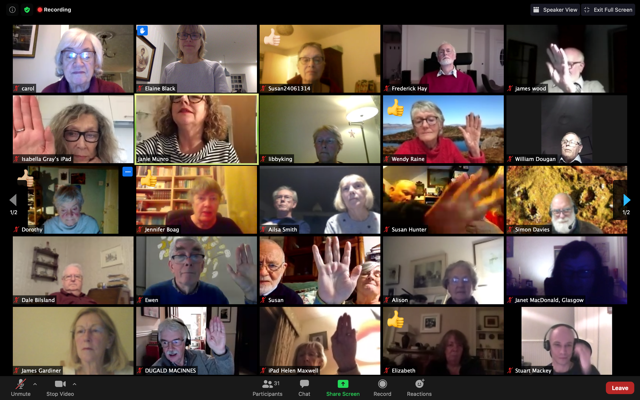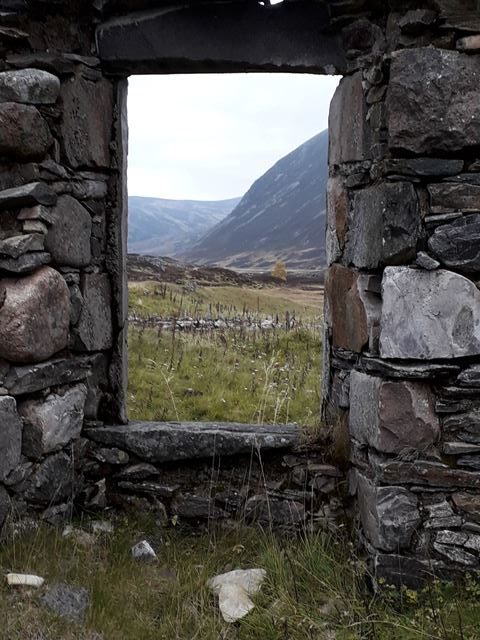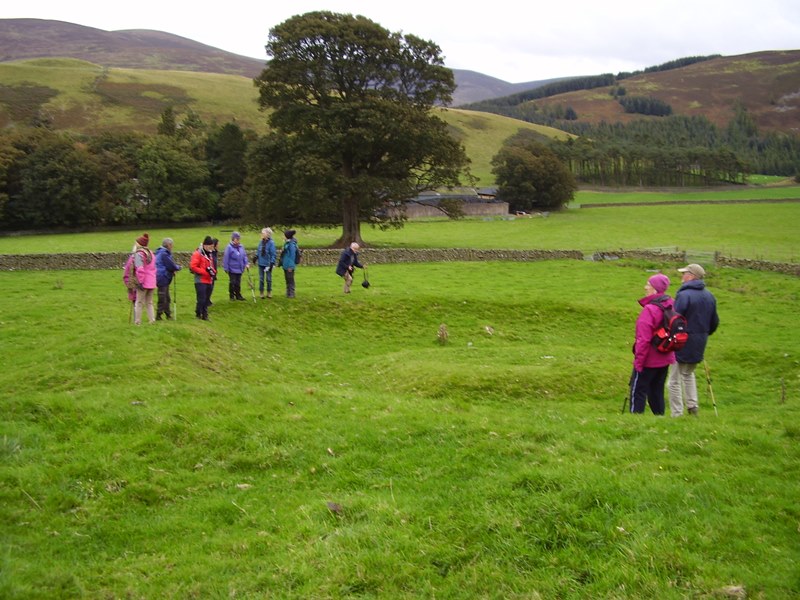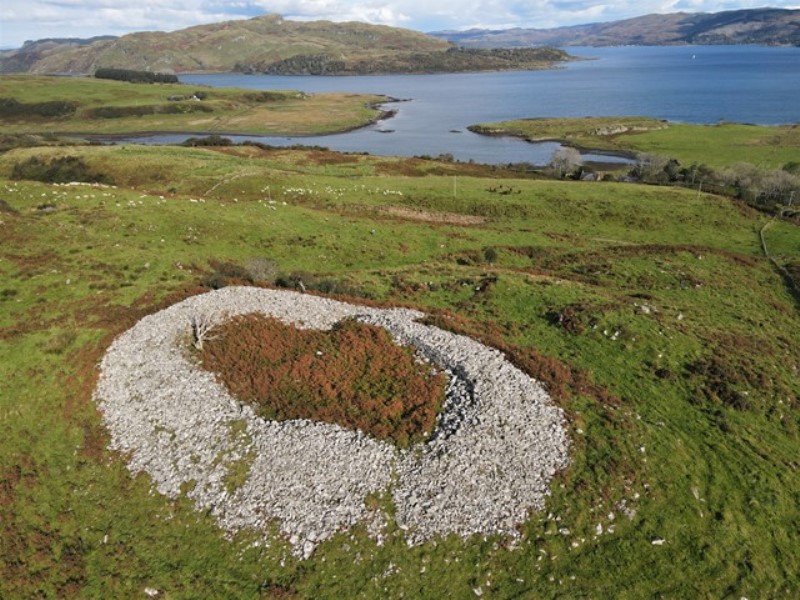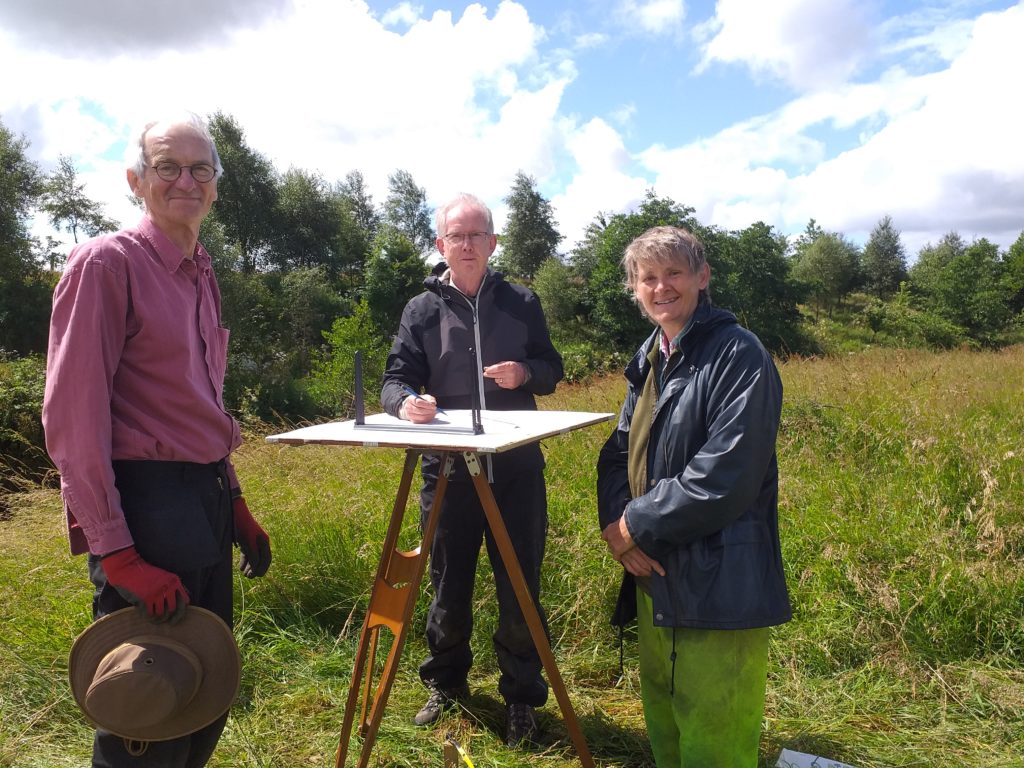ACFA member Ross Wallace’s MRes thesis: Leaving a Mark on History is the fruit of four years of intensive survey and analysis of medieval mason marks from central and southern Scotland. Ross was assisted by fellow members of ACFA, GAS, and many students of archaeology at Glasgow University.
Sites at which ACFA was particularly involved included Paisley and Crossraguel Abbeys and most intensively at Glasgow Cathedral, plus Crookston and Bothwell Castles. Among many happy memories most special are the days in Glasgow Cathedral in winter as the visitors departed and we worked in the silence and dusk with hand torches and record sheets, drawing, photographing and recording in the aisles, chapels, nave and choir, then up through the turret stairs, clerestories and triforium galleries. Privileged access to areas unknown to the public and best of all – one spring morning, when, with the cathedral’s head stonemason, we were taken out on to the roof of the choir with heart-stopping views over the Necropolis, Glasgow and the hills to the north and south.
Ross hopes that this corpus proves useful – only volume one, more work hopefully next summer- if only as a reference hand tool for any mason marks in your own part of the country encountered in your archaeological wanderings.
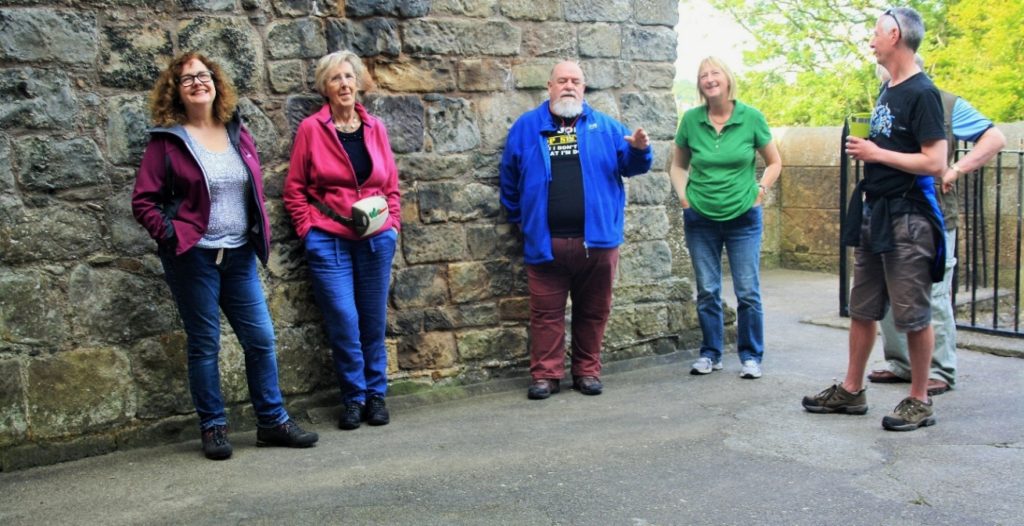
Recording team at Crookston Castle, Ross Wallace, centre. Photo Ian Marshall

